How investible are NFTs?
NFT is the world’s newest and most rapidly evolving asset class. This new asset class started on the cutting edge of blockchain technology as a way to tokenize and trade art and collectibles. In the past couple of years, however, NFTs have made their way into finance, entertainment, healthcare, global supply chain and insurance sectors, showing transformative potential. Today, the market for NFTs is valued at over $40 billion, and people across the globe are willing to pay millions to acquire these digital collectibles. The popular NFTs can be classified into six categories collectibles, art, metaverse, sports, gaming and utility. Historic & expected returns80% of NFT purchases may not yield positive returns, but decent returns are generally achieved in 10% of the collected projects, provided they are picked correctly and traded at the right price. Since NFTs came into existence only in 2017, there are not enough variables and data sets that can help us predict the future price movement, as is the case for publicly traded securities. Further, most of these NFT projects are at the intersection of art and collectibles. As such investing and buying these NFTs are more of an art, hobby than science.
Presented ByDid you Know?
Crypto hedge fund Three Arrows, which managed an estimated $10 billion of assets as recently as March 2022, has filed Chapter 15 bankruptcy in New York, USA while a liquidation is being carried out in the British Virgin Islands
View Details »A paper titled 'NFT Analysis of Risk and Return' by Mieszko Mazur finds that a few of the randomly selected bluechip NFT projects (1) earn 130% on the first listing day; 2) yield an investment multiple of 40x over the long-term, which is four times higher than bitcoin
Read more on economictimes.indiatimes.com

 economictimes.indiatimes.com
economictimes.indiatimes.com
![Shiba Inu [SHIB] talks and these stats might hit differently](https://finance-news.co/storage/thumbs_400/img/2022/9/6/39695_q8u.jpg)
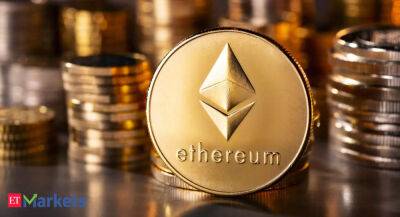

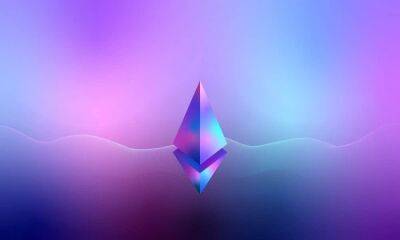
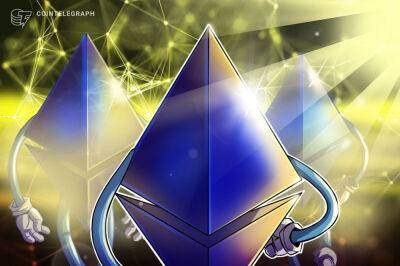
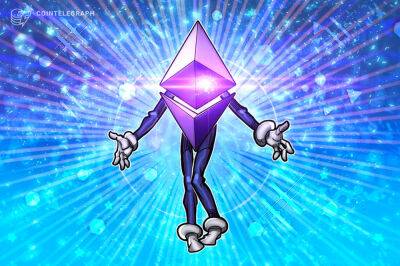

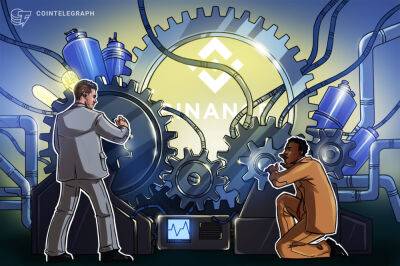


![What Chainlink [LINK] traders should know before cutting losses](https://finance-news.co/storage/thumbs_400/img/2022/9/6/39684_d6s7z.jpg)
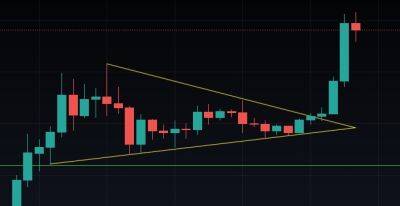

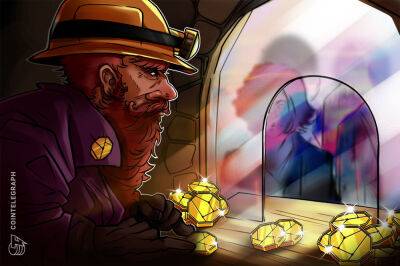
![Gauging Filecoin’s [FIL] potential to bounce back from its bear run](https://finance-news.co/storage/thumbs_400/img/2022/9/6/39680_hxcd.jpg)




